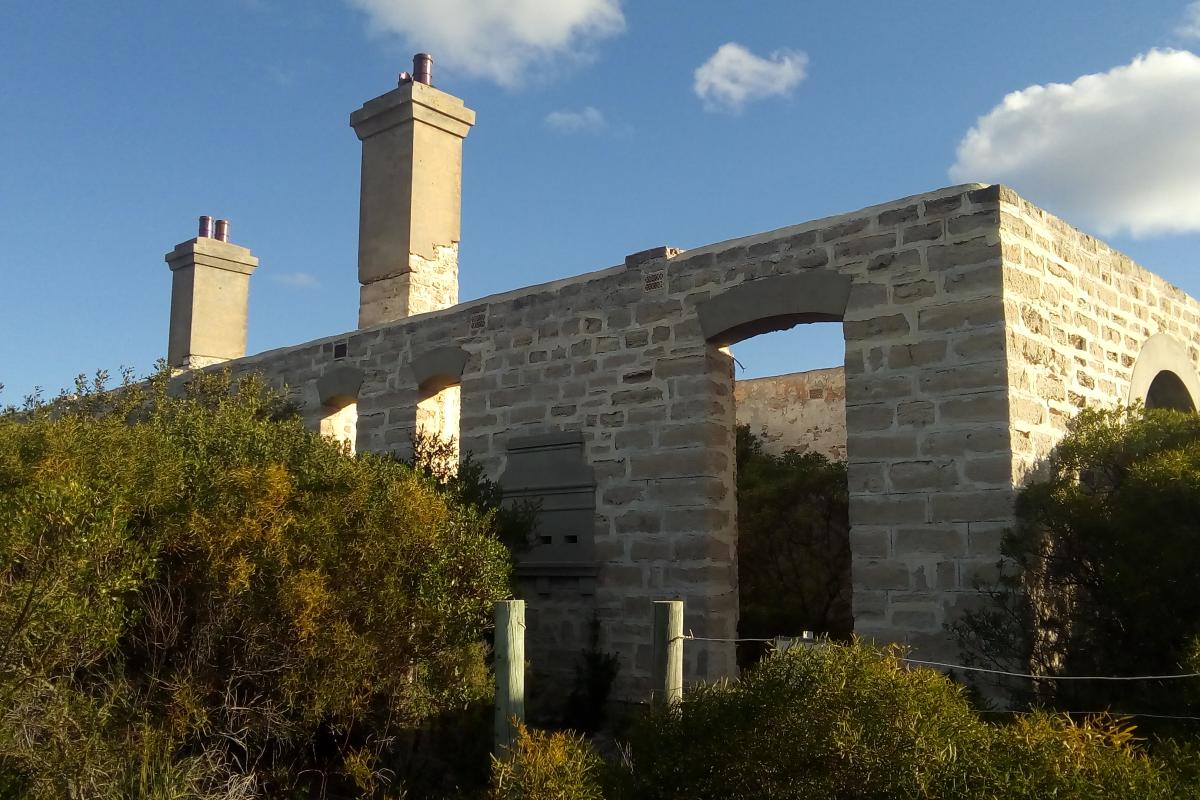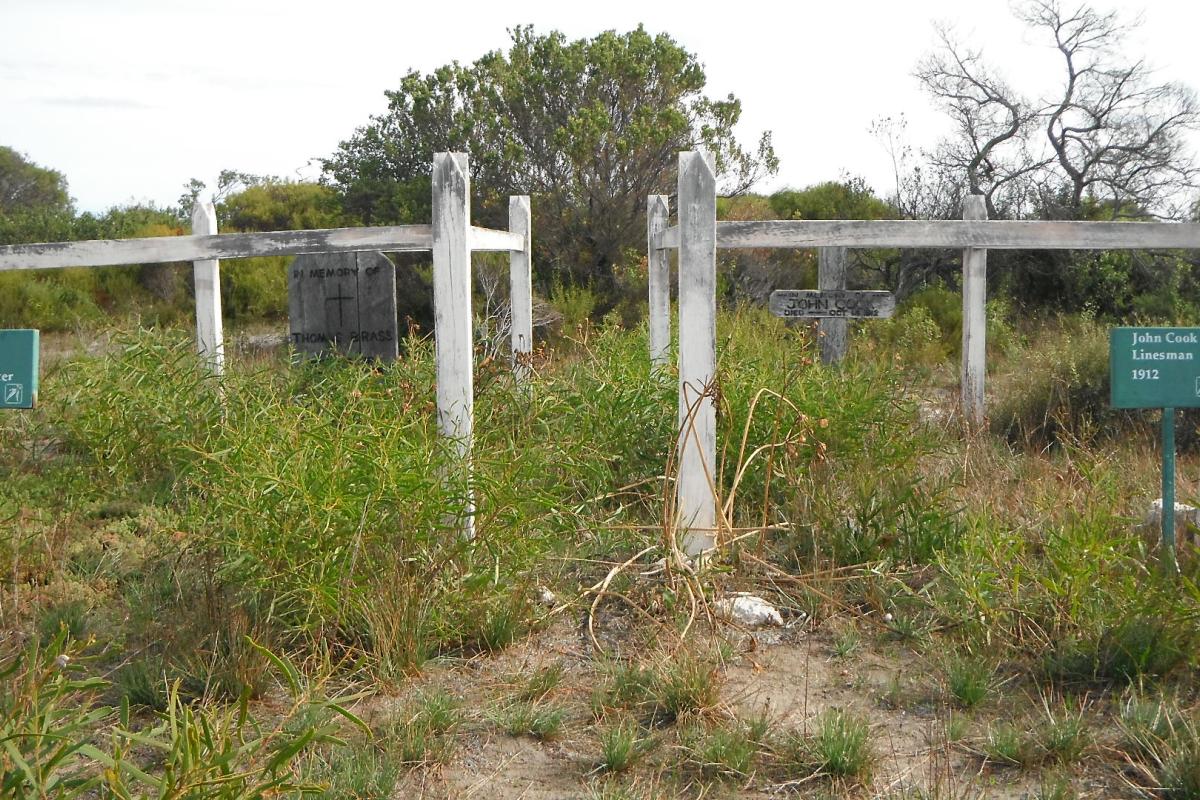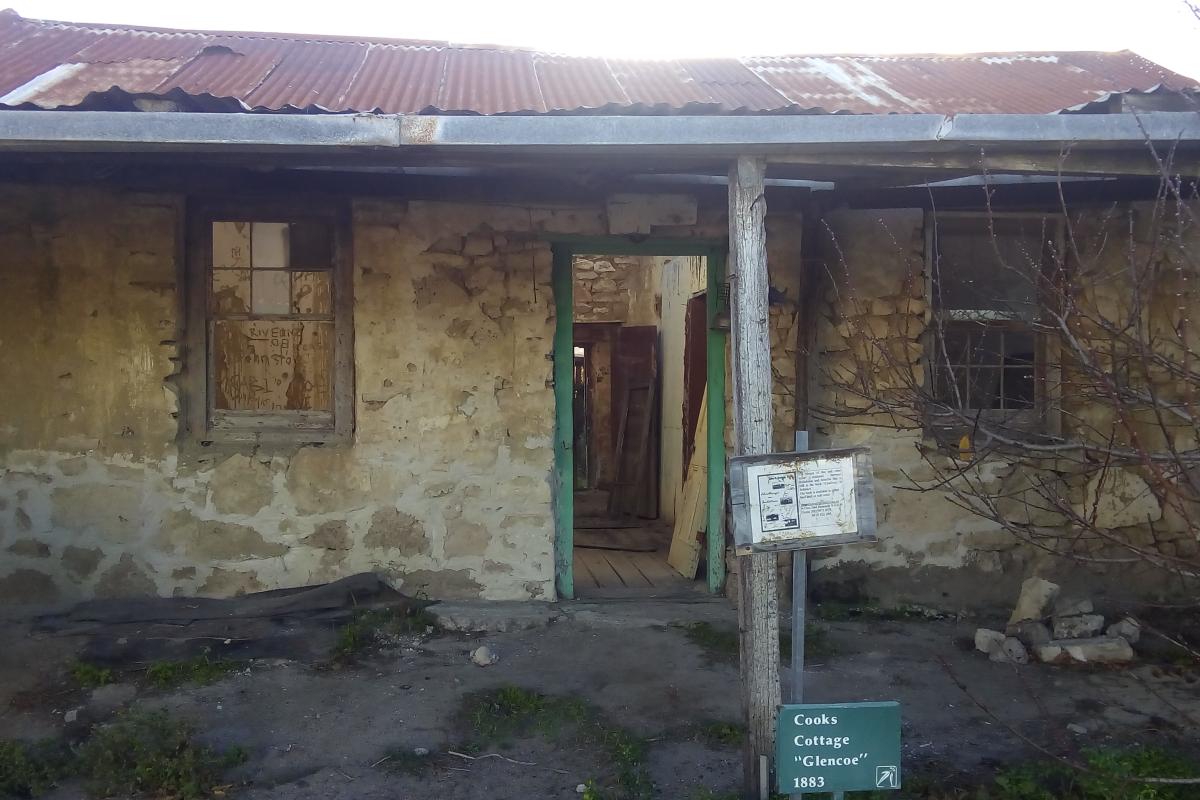About this place
Israelite Bay is located in a scenic and diverse area with rolling sandplain, woodlands, vegetated dunes, wide beaches and a rocky inland scarp that roughly follows the coastline. The landscape between the scarp and the coast is broken by a series of salt lakes and clay pans. About 25km west of Israelite Bay, where the access track comes down the scarp you can see Point Malcolm and the eastern group of islands of the Recherche Archipelago.
At Israelite Bay you’ll find the ruins of the National Trust classified Post Office and Telegraph Station along with a few graves, an old cottage and a fishing shack built in more recent times. The telegraph station was part of the Intercolonial Telegraph Line (South Australia to Western Australia). Originally built in wood in 1876, the station at Israelite Bay was replaced with a stone structure in 1896. At its peak this remote settlement was home to 150 people. For 50 years the telegraph line was a vital piece of national infrastructure. Today remnants of the original line can be found along Telegraph Track, which provides access to other historic sites on this stunning stretch of coastline.
Camping is permitted at Israelite Bay in the Shire of Esperance Recreation Reserve.
Safety information
Plan when to visit. Consider travelling with a personal location beacon (PLB). In the event you need to be rescued it could save your life!
Coastal risks are significant in the reserve. This is a very remote location. Visitors need to be very well prepared, self-contained and fully self-sufficient.
Take camping gear, ample fuel, water and non-perishable food, first aid kit, tool kit, spare tyres, and parts, recovery gear and two-way communication.
Travel plans should be left with trusted contacts (i.e. family or friends).
Gallery



Make the Esperance Promise
While travelling in and around Esperance, make a promise to embrace the elements of this land and ensure your visit is sustainable and respectful. Make the Esperance Promise.
Please note, campfires are not permitted at any of the campgrounds in national parks.
Activities
 Camping
Camping
 Four-wheel driving
Four-wheel driving
Plants, wildlife and fungi
Visit the Atlas of Living Australia for a list of species recorded within a 5km radius of Israelite Bay.
Traditional Owners
We recognise and acknowledge Aboriginal people as the traditional owners of Nuytsland Nature Reserve.